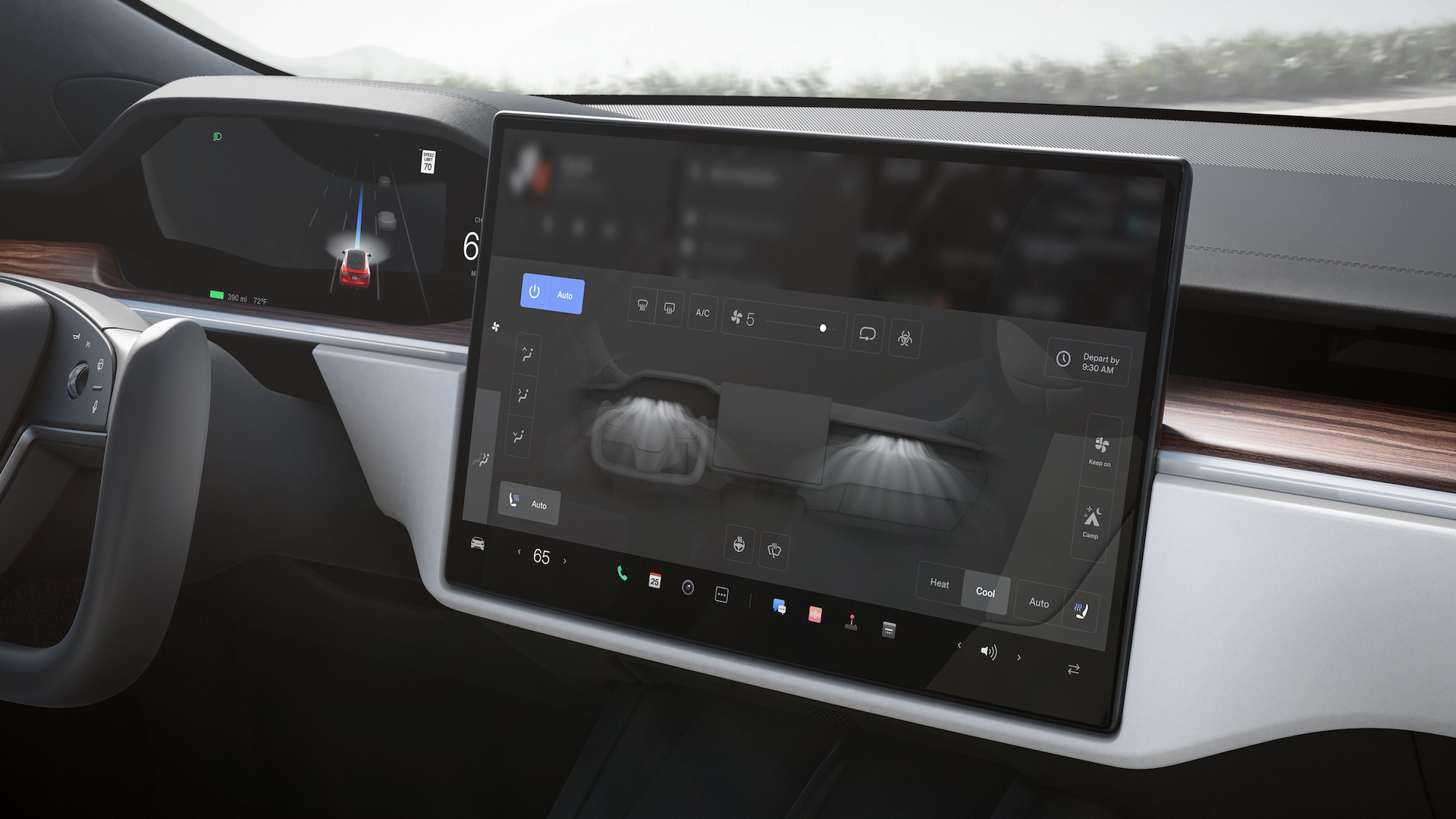

It’s easy to take for granted amenities in our cars like air conditioning and the radio, which have been standard equipment for longer than many of us have been alive. But the rise of electric vehicles is giving the auto industry the chance to rethink norms and jettison ideas that belong in the past. One of those ideas may be AM radios, which some carmakers say they won’t include on future EVs, and which are already unavailable on a few. Car companies blame interference from EVs’ drivetrains, but the answer isn’t that simple—not by a long shot.
AM, or amplitude modulation, is a popular medium for radio broadcasts across the United States, often for regional interests such as news, weather, and sports. According to a 2018 Edison Research study, most radio listeners tune in while in their cars, making radio broadcasters rely heavily on commuters and travelers. It’d likely worry broadcasters to hear that many new cars don’t include AM radios and that they’re largely EVs and hybrids. You know, the kinds of cars that are increasingly looking like our only options in the future.

Already, EVs from Audi, BMW, Porsche, Tesla, and Volvo are sold without AM radios, and it’s been that way for years. BMW launched its first EVs, the i3 and i8, without AM receivers. Tesla originally included AM radio in the Model S but phased out the functionality across its lineup in 2018, according to Consumer Guide. Even some hybrids are abandoning the technology, too, as in the case of Volvo’s T8 PHEVs, though it’s not a change the industry has made unilaterally. BMW’s hybrids, for example, won’t ditch the AM receiver.
So are highly complex EVs incompatible with one of the oldest, simplest electronics? BMW and Volvo told me it was due to audio quality problems rooted in electromagnetic interference, of which EVs’ drivetrains produce a significant amount. Cars’ engines and other complex electronics have always made EM interference, but low-wattage static is relatively easy to shield against. It’s not as simple with EVs that may pull hundreds of kilowatts from their batteries, generating far more interference, reducing audio quality to a level both BMW and Volvo told me they consider insufficient.

But it’s hard to take them at their word when EVs are built with AM radios and in no small numbers. Detroit’s Three—Ford, General Motors, and Stellantis—have produced or currently make EVs that include AM radio, even on flagship models. That goes for the Ford F-150 Lightning and Mustang Mach-E, GM EVs from the Cadillac Lyriq to the Chevy Bolt EUV and GMC Hummer EV, and even Stellantis’s almost-forgotten Fiat 500e. Clearly, some carmakers don’t think EM interference is a problem, and some EV owners agree. One user of an EV forum user said that AM radio “works fine” in their 500e and older Chevy Bolt.
We contacted all three of Detroit’s giants for why they continue to include AM radios when some European makes have phased them out, but the answer establishes itself across those very same lines. AM radio has fallen out of favor in Europe, with Radio Info reporting in 2015 that stations were shutting down en masse from France to the Netherlands and Russia. The frequency has largely been superseded by the DAB format, which is a more advanced form of radio broadcasting with better audio quality and choice of stations. AM radio stations and their listeners are all but gone in Europe, so European carmakers may not need to include technology that many of its customers can’t use.

In the U.S., on the other hand, radio remains a must for car buyers, with 89 percent of responders in a 2021 survey stating radio should be standard in new cars. That makes radio even more important to U.S. car buyers than USB ports, which only 84 percent said were necessary. AM audiences were in rapid decline as of a 2017 report by Inside Radio, but not to enough a degree for American carmakers to leave AM radios out of their products. It’s not hard to figure out why AM’s holding on here, either: AM signals travel further than FM broadcasts do and are cheaper to transmit, allowing them to cater to audiences in sparsely populated areas. Audio quality can’t compare, but that’s secondary to having anything to listen to at all in some parts of the continental United States.
So, will EVs mean the end of AM radio in cars? As their inclusion in modern EVs attests, the answer is no, not really, but that doesn’t mean they’re staying around either. Radio audiences are in decline, according to Radio Ink, and the less-popular AM would seem to be at greater risk of fading away. Besides, AM’s days may be numbered regardless in an increasingly connected world of 5G cell service and satellite internet.
Got a tip or question for the author? You can reach them here: james@thedrive.com